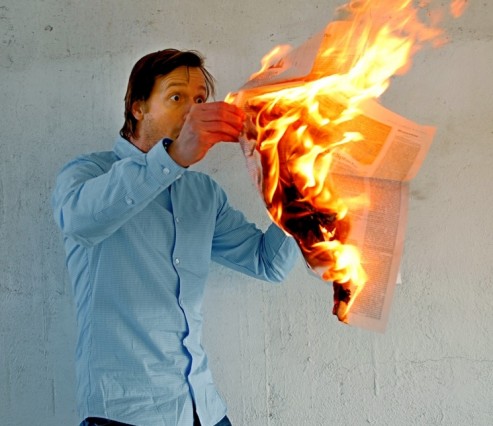The case of International News Service v Associated Press dealt with two companies in the business of collecting and publishing information through a variety of publications. The Associated Press acted as a gatherer and distributor of news and details on current events to many newspapers within its own member network (over 900 at the time). The cost of International News Service's provision of this news was a substantial sum of $3,5 million per year (over $37 million in today's money), which was assumingly recouped by the members through the exclusive publication of the news and current events in their region. The International News Service similarly distributed details on news and current events to its own network of, at the time, 400 daily newspapers, costing $2 million per year. Although the defendant was deemed to have infringed the Associated Press' rights through bribery and induction of their members to divulge the information to them, the questions that remained were summarized by Justice Pitney: "1. Whether there is any property in news; 2. Whether, if there be property in news collected for the purpose of being published, it survives the instant of its publication in the first newspaper to which it is communicated by the news-gatherer; and 3. Whether defendant's admitted course of conduct in appropriating for commercial use matter taken from bulletins or early editions of Associated Press publications constitutes unfair competition in trade".
 |
| Tom was surprised just how hot the news was that day |
He determined that the value of the information between the two parties (and by extension, others who might provide the same or similar service) created a property right in the news articles that were distributed: "...news matter, however little susceptible of ownership or dominion in the absolute sense, is stock in trade, to be gathered at the cost of enterprise, organization, skill, labor, and money, and to be distributed and sold to those who will pay money for it, as for any other merchandise... the material out of which both parties are seeking to make profits at the same time and in the same field, we hardly can fail to recognize that for this purpose, and as between them, it must be regarded as quasi property, irrespective of the rights of either as against the public".
Although the Court extended protection over news items as quasi-property, this merely covered the news articles as when there was value in it, meaning at the moment of its sale, distribution or utilization for the benefit of those who spent time, effort and money to gather it. Copyright did not extend to news articles per say, but a different transient property right.
Justice Putney ultimately concluded that International News Services had unlawfully acquired the Associated Press' property, and restricted the publication of news by them appropriated from the Associated Press for a number of hours after its publication, unless proper credit was given.
The current state of 'hot news' and its protection is uncertain, with subsequent cases such as Barclays Capital Inc. v Theflyonthewall.com questioning its existence and/or applicability to factual content. In the UK protecting news would be very difficult, bar an argument through confidentiality (following the case of Exchange Telegraph Co Ltd v Gregory & Co); however, the American position seems to remain an oddity, albeit an interesting one, in the world of IP.